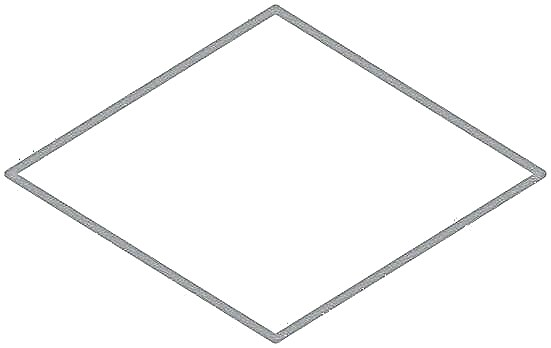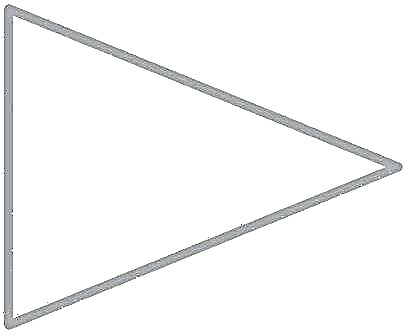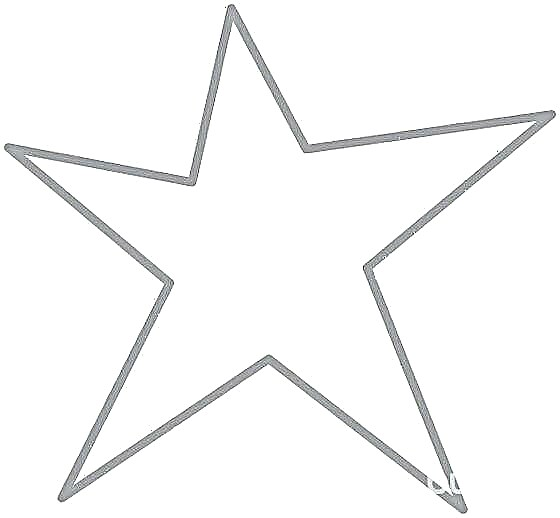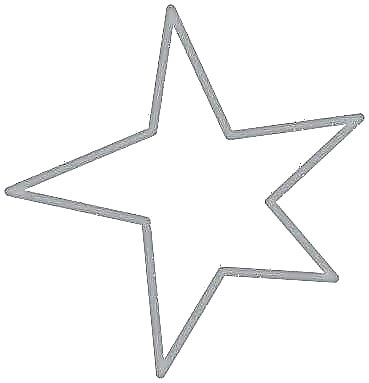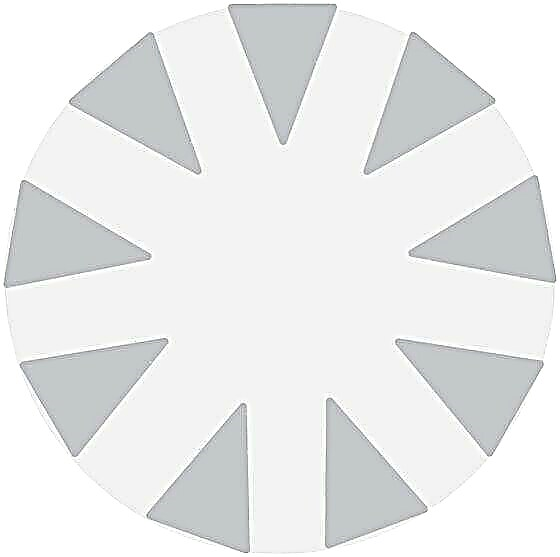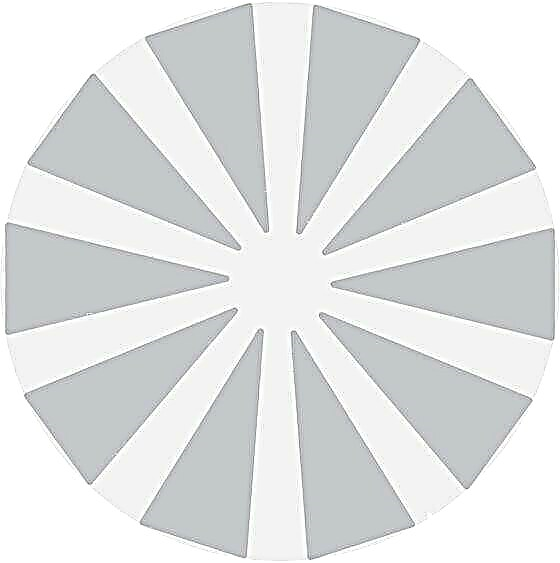Share
Pin
Tweet
Send
Share
Send
In the household, there are many items with which you can print beautiful ornaments on the fabric. Or, if you wish, make stamps for printing yourself according to our samples!
Bottle cork
An ideal tool for creating a trendy big pea pattern. Mugs can be arranged in a strict order, or can be scattered throughout the fabric at random.
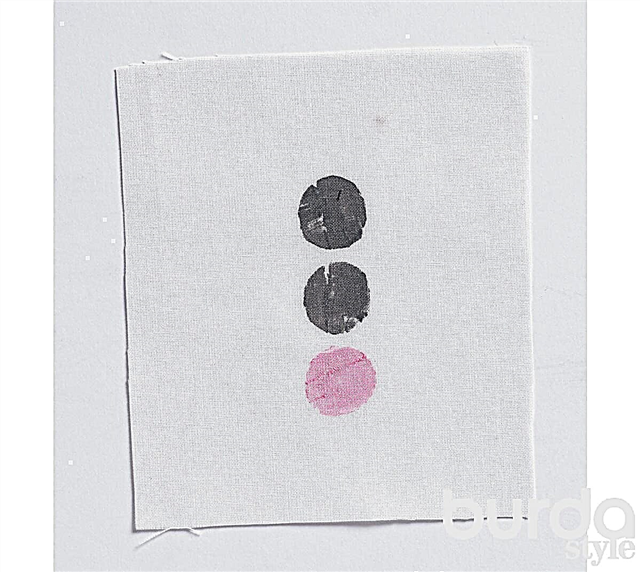
Muffin molds
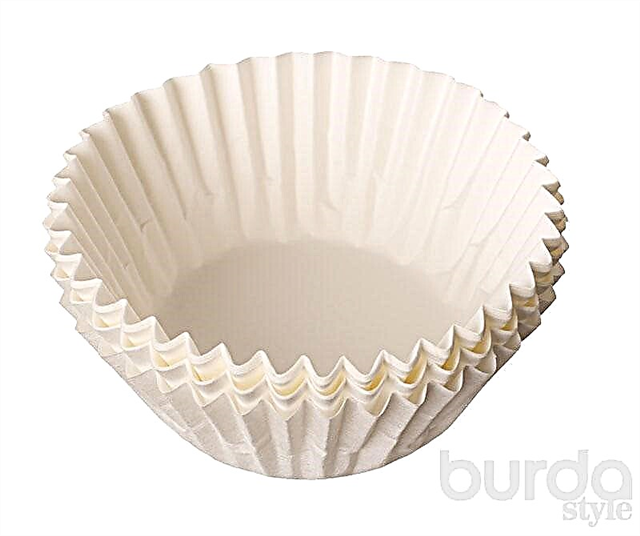
The prints from the corrugated edges of the mold resemble strange flowers. We recommend using a different mold for each new print.
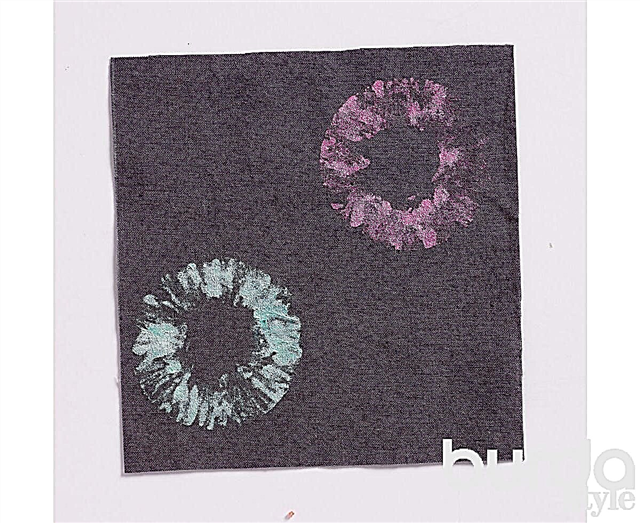
Dishwashing brush
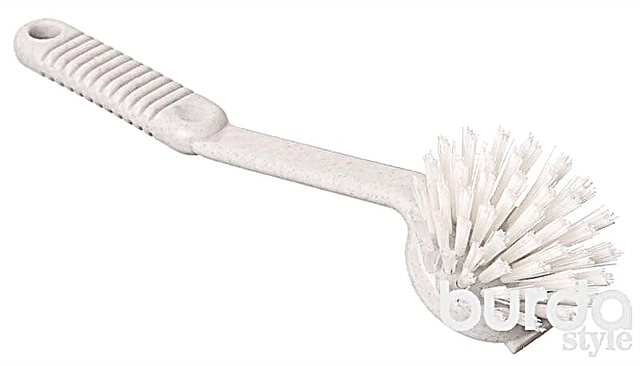
Applied arbitrarily, with the approach on each other prints create an absolutely fantastic picture. No one can guess with the help of what subject you made it.
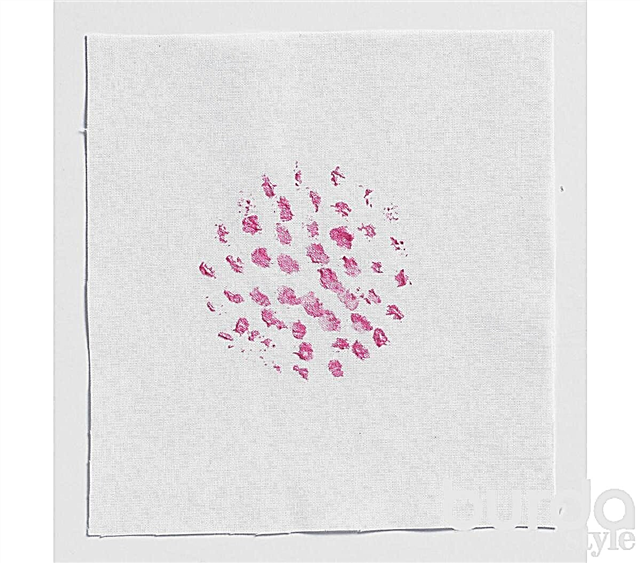
Cosmetic sponge
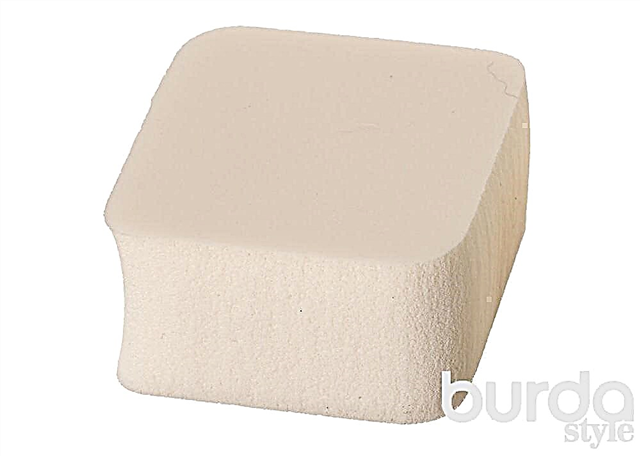
A square shape with rounded corners forms a kind of pattern in a cage or other no less interesting geometric pattern.
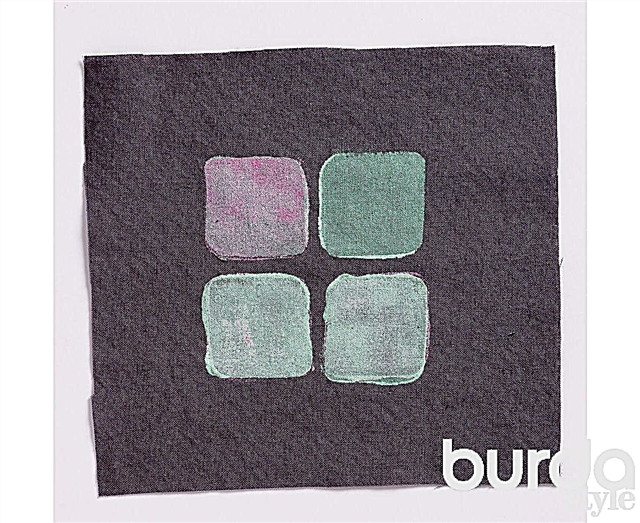
Fish Net
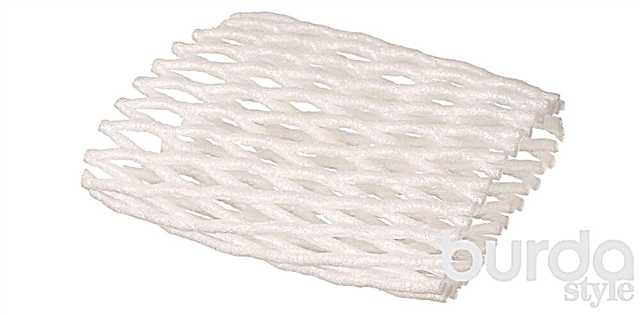
The mesh is usually made of plastic, so it can be used for staining repeatedly. Pull the net over the bottle, apply paint and roll the bottle over the surface of the fabric.
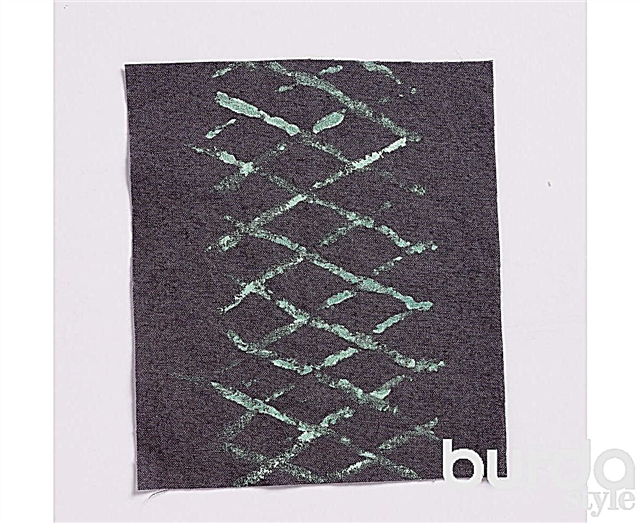
Wooden clothespins
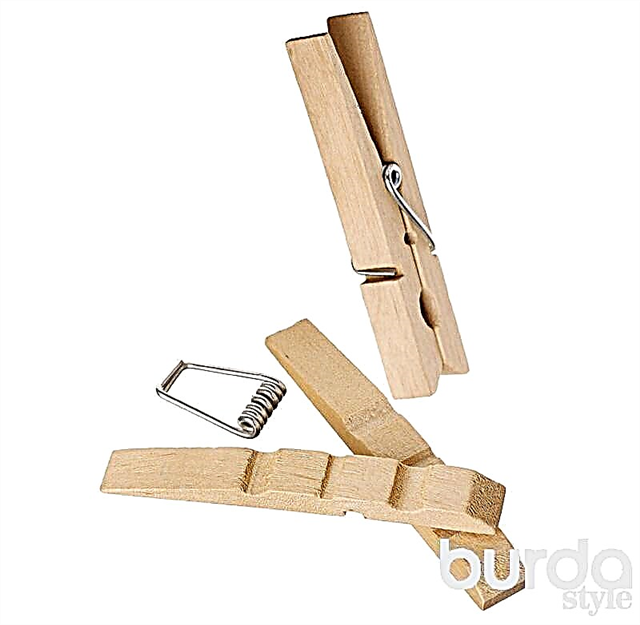
Again, a homemade trifle that creates such a pattern that no one will guess how it was made.The interior of the wooden clothespins, bisected in two, gives the designer a checkered pattern.
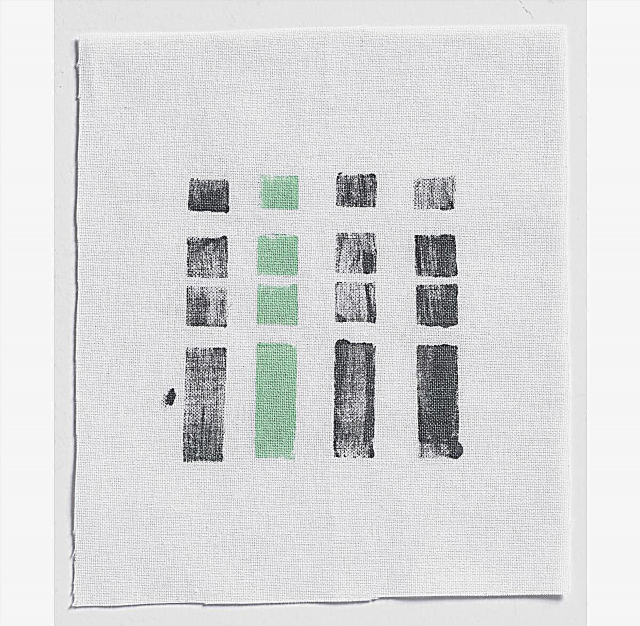
Whipped cream lid
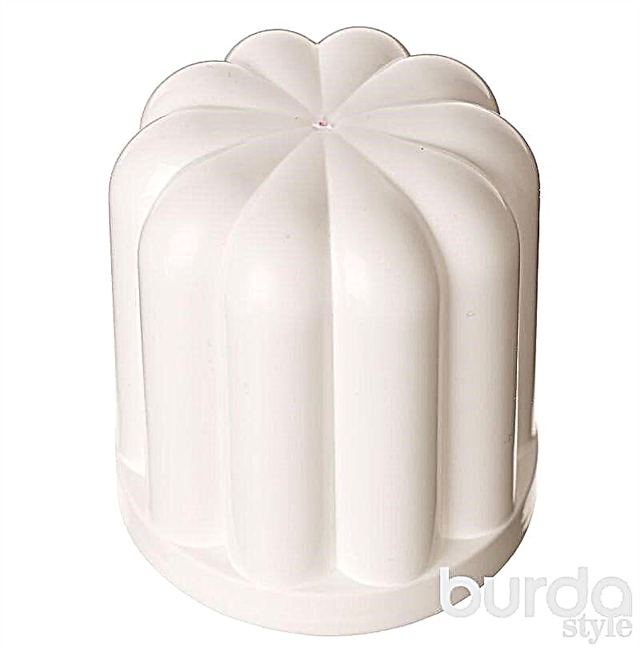
Everything ingenious is simple! The star-shaped dome of the lid forms original prints of flowers in the style of primitivism.
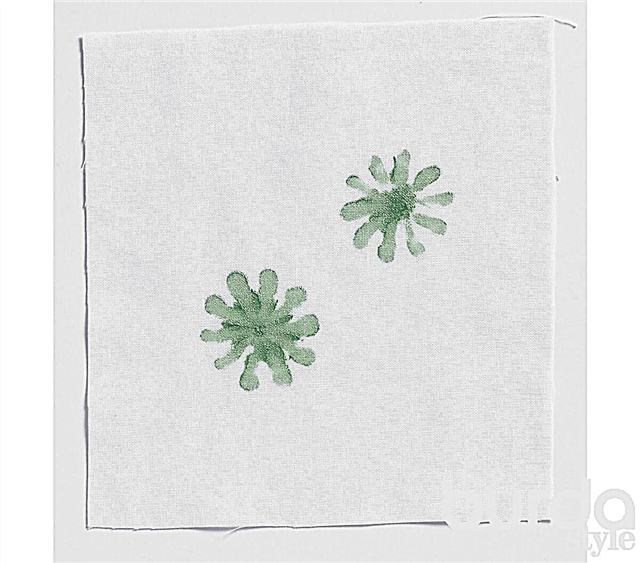
Dowel
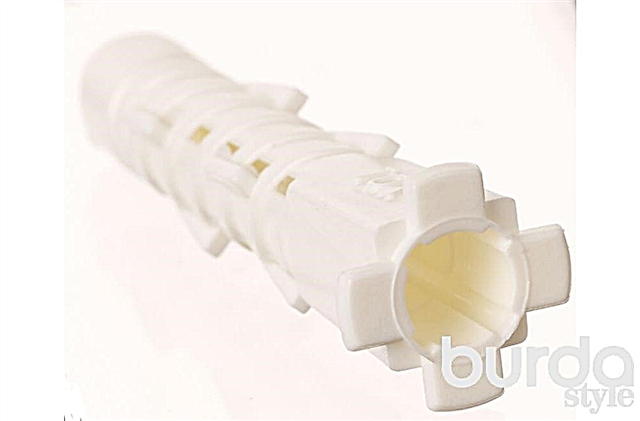
The standard fixture from the "male" tool box on the fabric creates a very delicate floral pattern.
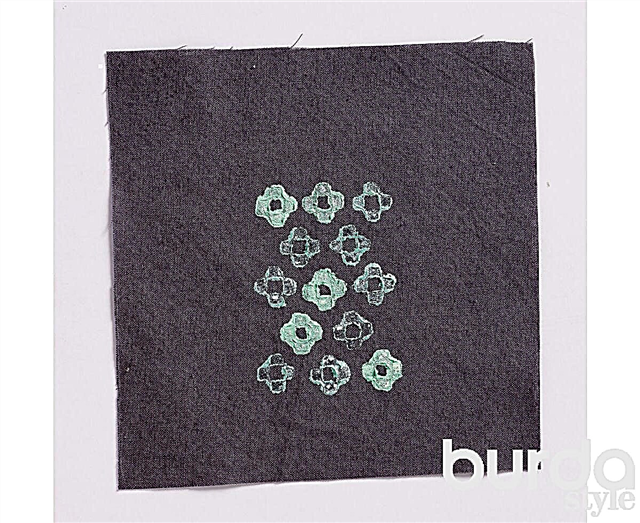
Prints: how to do it
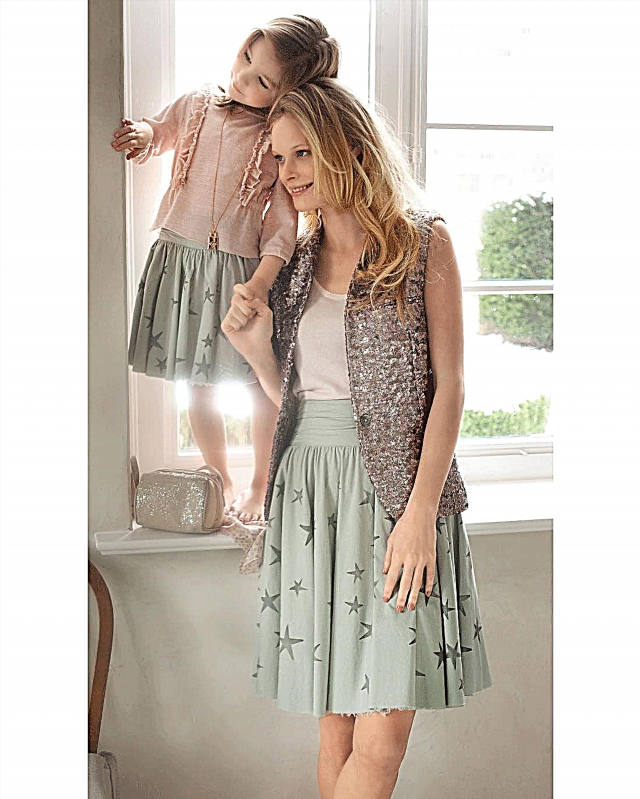
Print templates can be found at the beginning of the article!
For female models 133, 134, 135 and for children's models 145, 147, 148, 149
You will need (for one print):
- rubber plate for the manufacture of seals and stamps, the size should correspond to the size of the motive
- Acrylic blocks for stamps approx. 1 cm: 4 x 6 cm for small motifs or 6 x 10 cm for large motifs
- scissors or breadboard knife
- tracing paper
- soft pencil
- double sided tape
Paint for stamps:
- fabric dye (Marabu)
- paint sponge
Or permanent textile ink for stamping (for example, from Ranger - archival ink Archival Ink).
Stamp Making:
Reshoot the desired motif on tracing paper, transfer the contours to the rubber plate and cut out. Stick the motive onto the acrylic block using double-sided tape.Tip: small moti-you can stick on both sides of the acrylic block: one motif on the upper side, the other on the bottom.
For the manufacture of a floral motif from a rubber plate approx. 3 mm cut the circle first as a base (indicated in the figure in light gray). Then cut the triangular petals (indicated in dark gray) and stick them on a circle. Glue the circle to the acrylic block with the petals facing up.
Printing on fabric
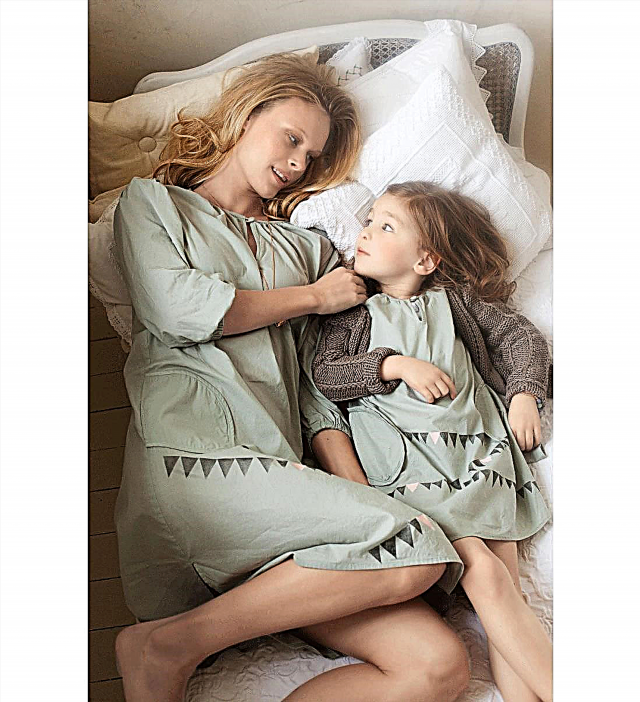
Wash the fabric beforehand (without rinse aid).Place a sheet of thick cardboard or a stack of newspapers under the fabric. Apply paint with a sponge to the stamp or blot the stamp into the stamp pad. Randomly print motifs on fabric. It is best to pre-try on an unnecessary piece of cloth. To fix the paint, the fabric should be ironed from the wrong side (see the manufacturer's instructions).
Technique of dyeing fabric for mod. 135 and 149:
Before performing the stamps, dip white dresses on approx. 2/3 of the total length in a textile dye diluted with water (for example, from Javana). To obtain the color of a tea rose, pink paint must be mixed with a small amount of orange-brown paint and diluted with a large amount of water. If desired, the fabric can be pre-bandaged in several places with an elastic tape or cord to achieve the effect of a "nodal batik". Leave the fabric to dry completely, then use a stamp to print a floral print.Photo: Jan Schmidel; Frank Grimm (1); idea and embodiment: Teresa Bahler
Material prepared by Elena Karpova
Share
Pin
Tweet
Send
Share
Send


